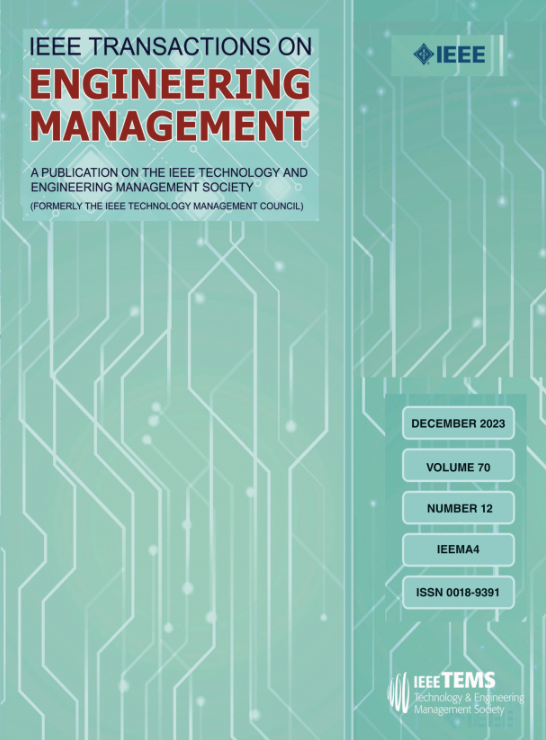Green Supply Chain Network Embeddedness, Resource Orchestration Capability, and Enterprise Sustainability Performance
IF 4.6
3区 管理学
Q1 BUSINESS
引用次数: 0
Abstract
With increasingly stringent environmental regulations and the growing demand for green consumption, firms have become progressively aware of the critical importance of green supply chain management (GSCM). Although existing studies have partially explored the relationship between GSCM and enterprise sustainability performance, empirical research from the perspectives of network embeddedness and resource orchestration remains relatively limited. To address this gap, grounded in network embeddedness theory and resource orchestration theory, this article selects Chinese A-share listed companies in Shanghai and Shenzhen that implemented GSCM from 2012 to 2022 as the sample to empirically examine the relationships among green supply chain network embeddedness, resource orchestration capability, and sustainability performance. The findings reveal that structural embeddedness (SE) of green supply chain networks exhibits an inverted U-shaped relationship with sustainability performance, whereas relational embeddedness (RE) exerts a positive impact. Additionally, green resource absorption capacity and green resource allocation capability mediate the relationship between green supply chain network embeddedness and sustainability performance. The influence of SE on sustainability performance is particularly pronounced in heavily polluting industries and large enterprises, while the positive effects of RE are more evident in nonpolluting industries and small enterprises. This article broadens the theoretical perspectives in the fields of supply chain management and sustainability, offering theoretical support for firms to optimize GSCM practices and achieve sustainable development.绿色供应链网络嵌入性、资源协调能力与企业可持续性绩效
随着越来越严格的环境法规和绿色消费需求的增长,企业已经逐渐意识到绿色供应链管理(GSCM)的重要性。虽然已有研究对GSCM与企业可持续发展绩效之间的关系进行了部分探讨,但从网络嵌入性和资源编排角度进行的实证研究相对有限。为解决这一问题,本文以网络嵌入性理论和资源协同理论为基础,选取2012 - 2022年实施绿色供应链管理的沪深两市a股上市公司为样本,实证检验绿色供应链网络嵌入性、资源协同能力和可持续绩效之间的关系。研究发现,绿色供应链网络的结构嵌入性(SE)与可持续发展绩效呈倒u型关系,而关系嵌入性(RE)对可持续发展绩效具有正向影响。绿色资源吸收能力和绿色资源配置能力在绿色供应链网络嵌入性与可持续发展绩效之间起中介作用。可再生能源对可持续发展绩效的影响在重污染行业和大型企业中尤为明显,而在无污染行业和小型企业中可再生能源的积极作用更为明显。本文拓宽了供应链管理和可持续发展领域的理论视野,为企业优化供应链管理实践,实现可持续发展提供理论支持。
本文章由计算机程序翻译,如有差异,请以英文原文为准。
求助全文
约1分钟内获得全文
求助全文
来源期刊

IEEE Transactions on Engineering Management
管理科学-工程:工业
CiteScore
10.30
自引率
19.00%
发文量
604
审稿时长
5.3 months
期刊介绍:
Management of technical functions such as research, development, and engineering in industry, government, university, and other settings. Emphasis is on studies carried on within an organization to help in decision making or policy formation for RD&E.
 求助内容:
求助内容: 应助结果提醒方式:
应助结果提醒方式:


